Running, running and more running to progress and always go further is part of the daily life of many runners.
Running is a traumatic sport for the body and the organism. It is therefore necessary to be able and know how to run effectively to avoid being in "the red" and therefore no longer have enough energy the next day or the day after to continue with a new outing training.
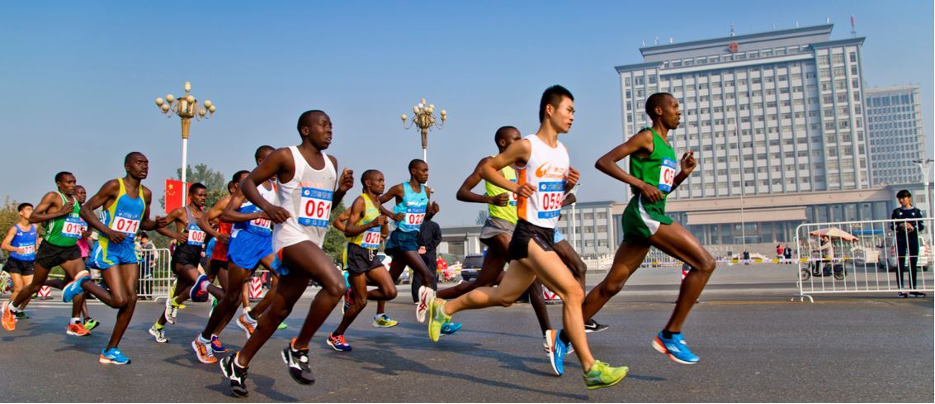
For this, the essential thing in running is to run efficiently!
What does it mean? How do we do it?
Running in a so-called efficient manner simply means running at a high pace of effort with the least possible waste of energy. Being able to run at a given speed, for example to reach a personal time, and with the least possible effort is ultimately the most desired thing for every runner at any level. Every runner is looking for pleasure in training, in a competition, in a Sunday outing. And to do this, running without feeling real fatigue, pain and ultimately without having to drag your "paw", it is possible! But you still need to know how to do it?
There are 3 essential points to work on in running to be most effective:
Type of ground contact: Avoid standing with your foot on the ground below the centre of gravity (This is 57% for men and 53% for women, of body height when carrying from the ground). So for example, for a man who is 1.80m tall, his centre of gravity is 1.02m when wearing feet - and finally around the navel). It doesn't matter whether you make a heel or forefoot attack, the position of this contact in relation to the rest of your body has a huge role to play in determining the weight of the impact and the resulting braking forces. A good rule of thumb in terms of passing is to look for the alignment of the knee and ankle at the initial contact. Ideally, we look for the knee to flex directly above the ankle on initial contact. If the rider is overloaded, you will see the ankle in front of the knee.
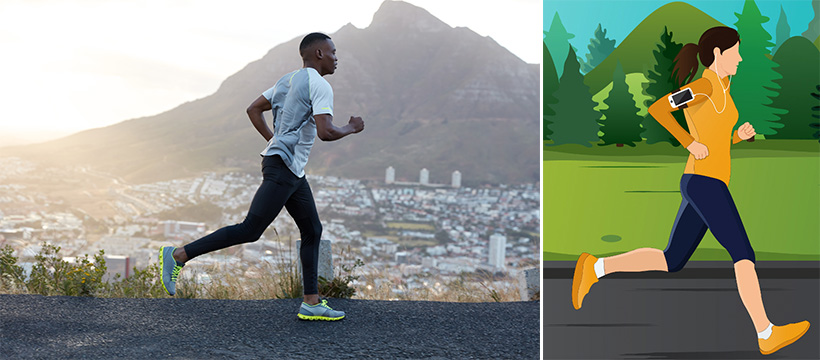
Type of Posture: Today's life (is even more so in this special Covid period, where teleworking is more and more requested from us), pushes us to remain seated most of the time. Behind a desk, curved back, rounded shoulders and bent hips. By maintaining this type of position, we get short and tense hip flexors and other anterior muscles, as well as weak and not very active buttocks and other posterior muscles. Unfortunately, this is the posture we adopt when running and it becomes problematic because we need to maintain a straight, high and stretched posture to run efficiently. It is therefore essential to work on your body mobility (especially at the hip flexors) to counter the negative effects of sitting positions as much as possible.
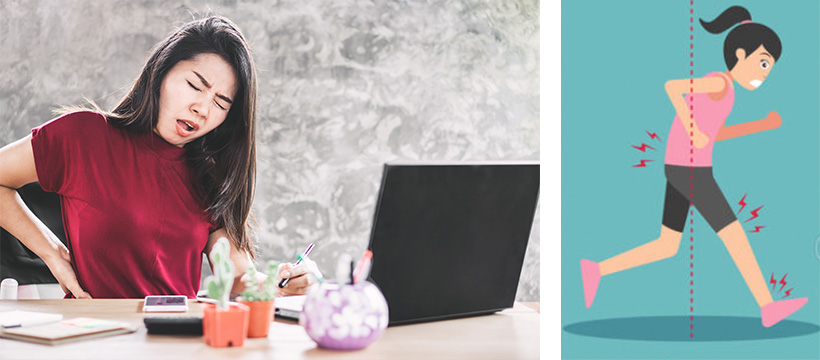
Bust rotation: The aim of running is to go from point A to point B as linearly as possible. Although the human body is made up of movements requiring many rotations at the joints, the final body movement must be based on a forward progression. If this is not respected, if swaying movements are visible (often from right to left at the bust) it costs energy to control and stabilize them. In the end it is a great inefficiency!
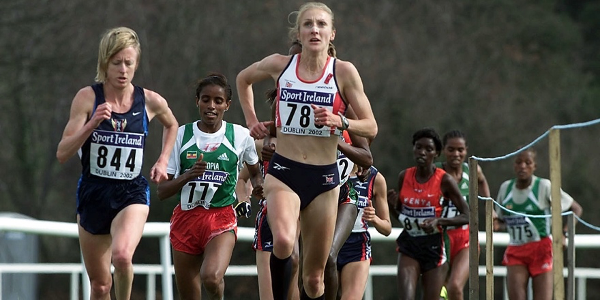
Cadence: Running with the right running technique will significantly reduce the risk of injury. One of the common mistakes runners make is to run at too slow a pace, which will result in the foot being placed below the centre of gravity and thus putting a strain on the joints. In order to avoid this, it is necessary to take faster and therefore shorter steps. Of course, this change cannot be done drastically. The progress will be made as the weeks go by during which the body will have to take time to adapt, thinking about it at the beginning and until it becomes a habit.
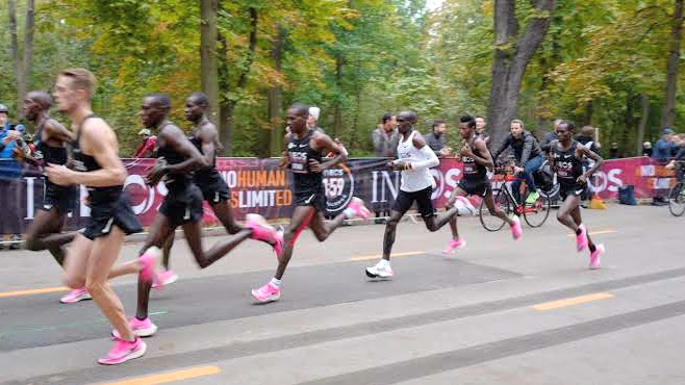
Conclusion
Incorrect posture or an attack of the foot on the ground badly positioned will ultimately cause pain or unnecessary loss of energy. So, whether you want to run for simple pleasure or to add performance to it, you must keep in mind that you want to run efficiently.